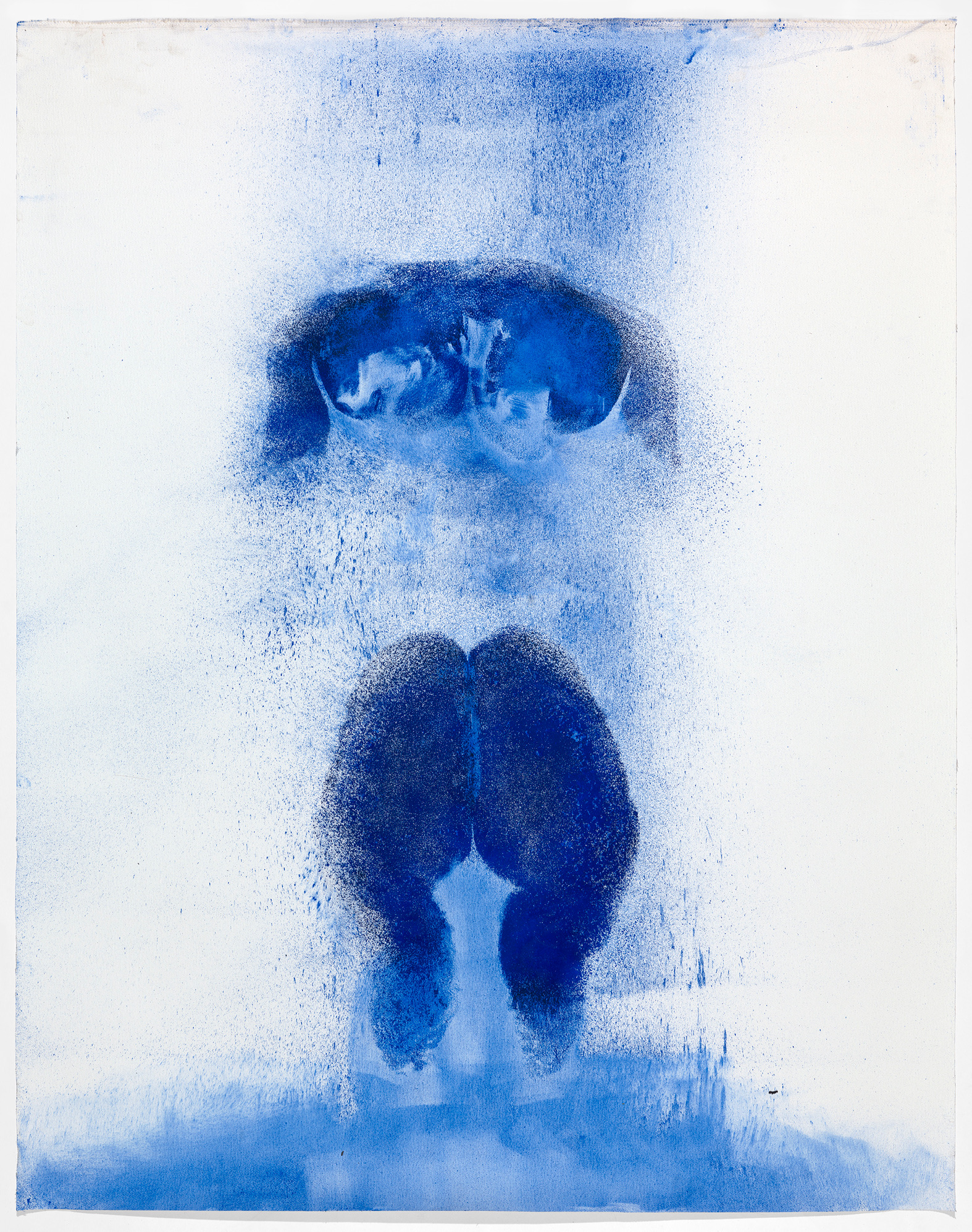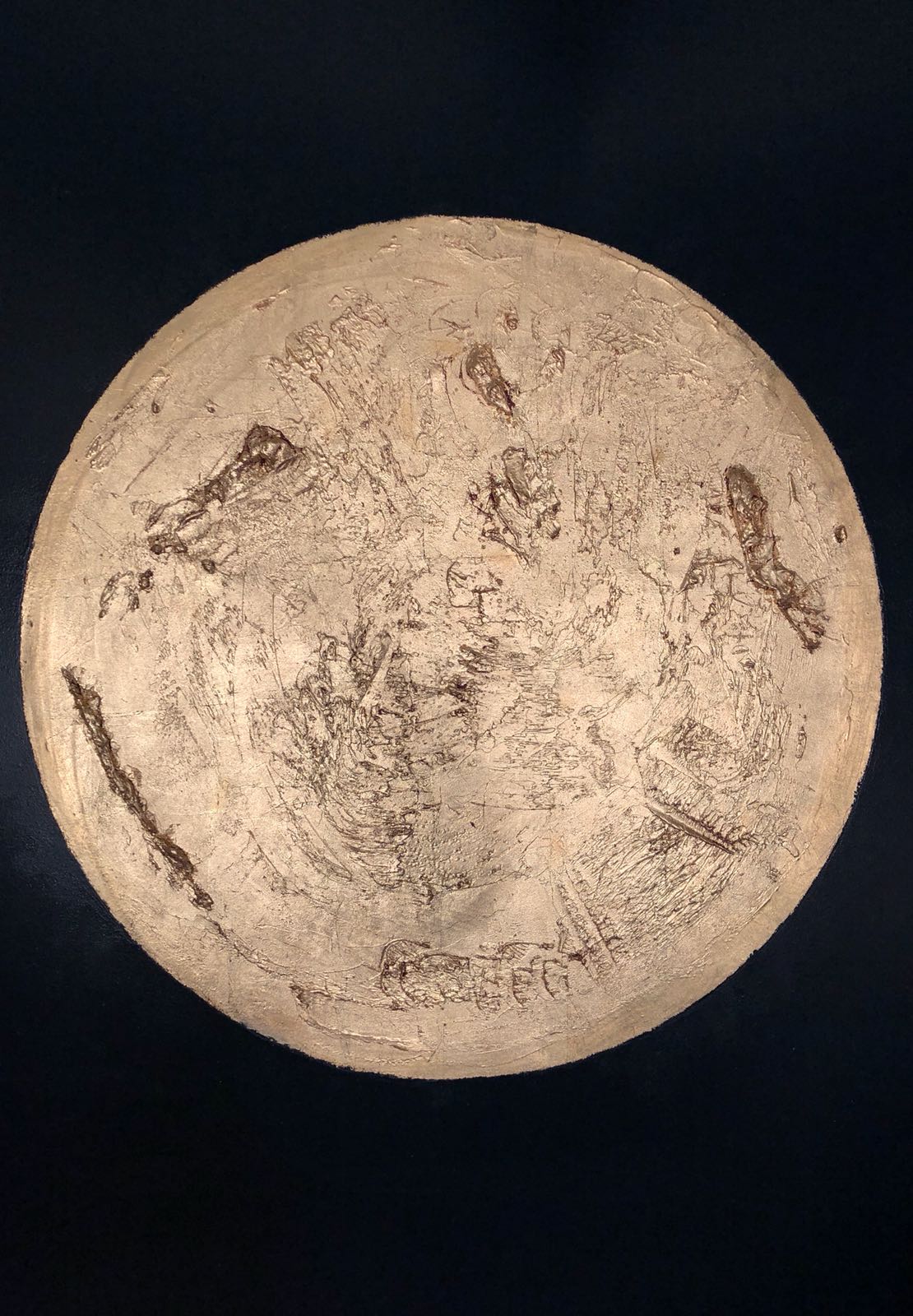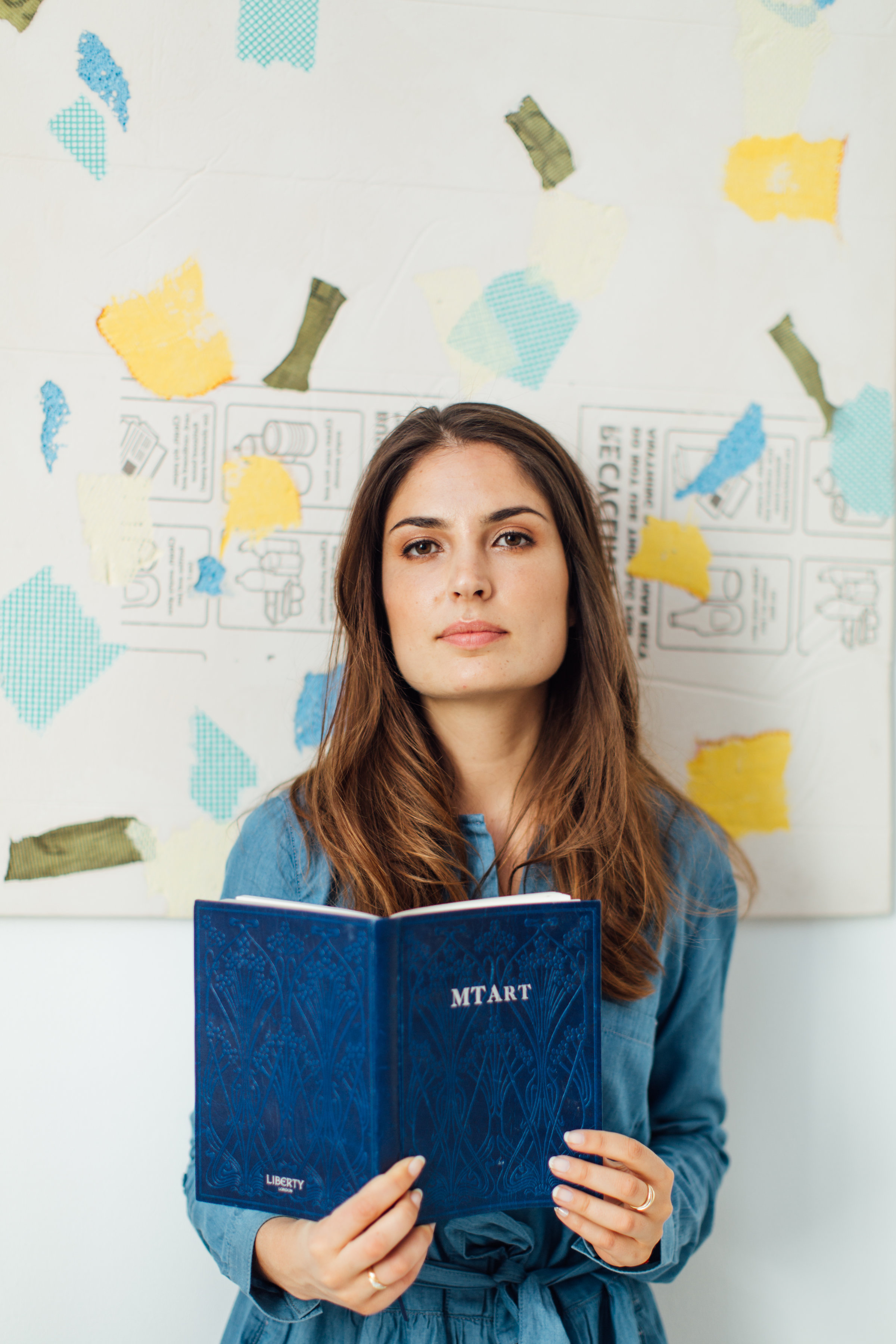Approach Art Investment like a VC to make a profit
If you decided at this very moment to invest in your first work of art, how would you start?
You might begin by walking into a gallery in search of an expert, or you might go online to gain an understanding of the kind of works that are appreciating in value. Yet for all that you might research, art is still seen by many as an emotional investment, driven by aesthetics rather than being motivated by a clear strategy for securing a financial return.
However, if you know what to look for there are plentiful opportunities to make a profit in a thriving global market. More exciting still is the fact that artists are constantly finding new ways to commercialise their work, meaning there are more ways to invest in art than ever before. It is easy to caught up in a work of art, but the artist behind it is just as important.
A venture capitalist will always analyse the qualities of the entrepreneur behind a business before investing in it, especially for an early stage investment. The rationale is that business plans will always change according to the market and its context but that the right team of people will find a way to make that business a success. Investing in artists is no different. Understanding which artists to invest in will give you the best chance in securing works that turn a healthy profit. If an artist lacks ambition, vision or a strong work ethic, you are better off avoiding investing in them.
Investing in big-name artists such as Damien Hirst or Banksy might appear safe because their growth is steady, but as an entry point this end of the market is almost completely inaccessible for everyday investors. Hirst pieces can sell in the $5m - $15m range. Even Banksy, who made his name as an underground street artist, has sold works well in excess of $1m, and that is excluding those that have been shredded immediately afterwards.
Art has shown itself to be a strong long-term investment over the last eighteen years, outperforming most of the equity indices. Sales in the global art market have steadily increased over this time, evidenced most recently by an increase from $63.7 billion in 2017 to $67.4 billion in 2018.
Rather than focussing on the high end of this lucrative market, the opportunities for aggressive growth in return on your investment are with upcoming artists, who are on the cusp of a breakthrough. The challenge lies in identifying those with not only the talent, but also the character to make themselves a financial success.
Investing into an artist before their first museum show, or before they sign a deal with a major brand that will cause the value of their works to increase and their support base to rapidly expand is the ideal scenario. As with any investment, the more guesswork you are doing, the higher the risk. The best way to mitigate this risk is through extensive research and due diligence. Again, a Venture Capitalist makes up to 10 calls of reference on both the entrepreneur and the recent successes of the company: a VC would ask to speak to a client, competitor and a journalist. When someone wishes to invest in one of our artists, we offer the same references.
When we sign an artist, commercial viability is an important factor. The two key categories within this are technique and vision, the combination of these are what make an artist successful.
Art is about expression and individuality, and it follows that artists with a particularly unique technique will have a greater USP. One of the artists I work with, Saype, has created his own unique biodegradable paint which allows him to paint pieces that are thousands of square kilometres in size. He can therefore create things that no other artist can, which means his time is valuable. He is really attractive for public art projects and can create things to a scale that very few other artists can.
An artist also needs a strong narrative thread that runs through their work and makes their personal brand recognisable. Saype is focussed on sustainability and collaboration, so for brands who are looking to push a similar message you can see why he would be attractive. There are other artists who are producing amazing work through technology and other innovative mediums, and these are worth looking out for. Those who push boundaries always have the highest ceilings.

Adelaide Damoah is a perfect example of this. Having signed with the agency little over a year ago, her work rate and adaptability are incredible. In twelve months, she has partnered with UCL, with luxury brand Chloé, more than doubled her highest sale and seen the average sale of her works increase by 436%. This is testament to the rate of acceleration that is possible if you invest into an artist who personality is driven and relentless.
Framing personality in the context of investment is also crucial. An artwork can be beautiful, but why should that mean it will be valuable? Bear in mind that the artist will need to keep reinventing themselves to stay relevant, keep challenging themselves to move forward, and keep creating new works to make themselves profitable. If possible, it is worth trying to get to know an artist before investing in them. Speaking with them and understanding their journey and vision will give you an idea of what their trajectory will be.

Another artist we have worked with for several years, David Aiu Servan Schreiber, has done this very effectively. He has built up a large and loyal pool of collectors with whom he has personal relationships. The fact these investors follow his career so closely means that his works sell quickly, and their value subsequently appreciates quickly also. Social media is useful in this regard too. It is not just a means to ascertain how busy an artist is and how prolific they are in producing work, it is also a medium through which an investor can look to build a rapport with the artist. I come back here to the venture capitalist analogy: this is a people industry and the tools are there for an investor to get a feel for who an artist is as a person before committing to buying their works.
An investor also needs to be creative in choosing which artist to invest in. The art world is bigger than museums and galleries. We partner artists with brands, government bodies, hotels, airports and a wider pool of private collectors. Some of these partnerships are incredibly lucrative, and lead to greater mainstream exposure than a more traditional gallery relationship might. If you want an artist who thinks outside the box, remember to do so yourself as an investor.
If you look in the right way, there are hidden gems in the art world. There is no better feeling than when you uncover the perfect and rare combination of artistic brilliance and personality. The journey of an upcoming artist is fantastically exciting and to accompany them on that path is always worth the investment of time and money.

Marine Tanguy is CEO of MTArt Agency, the world’s first talent agency for upcoming visual artists























